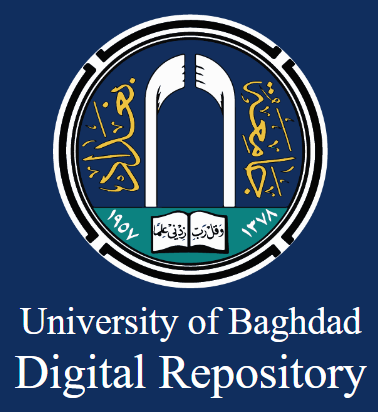The effectiveness of digital simulation techniques in the design and analysis of woven fabric
DOI:
https://doi.org/10.35560/jcofarts1566Keywords:
Efficiency , Digital Simulation , Woven FabricsAbstract
Digital simulation techniques in the field of designing and analysing woven fabrics is a recent technological revolution that allows researchers and engineers to create more efficient and accurate models and analyse the mechanical and physical properties of textiles before starting manufacturing, which saves time and effort compared to traditional methods.
The research aims to evaluate the accuracy and efficiency of TexGen in simulating woven fabrics, and identify the challenges and limitations associated with using TexGen. The study found that TexGen digital simulation software is able to represent textile structures with high accuracy, but is dependent on design settings and the quality of input data, and is an alternative to the traditional method, reducing cost and time and facilitating the optimisation of fabric design before manufacturing.
The research recommended the following: Improved integration of TexGen with advanced numerical simulation software to provide more comprehensive analysis. Conduct comparative studies with other types of simulation and numerical modelling techniques to better identify advantages and disadvantages.
References
Banks, J. (2014). Discrete-Event System Simulation. Pearson. 1-2311-4614-1-https://doi.org/10.1007/978
Brown, T. (2018).* The impact of weaving patterns on fabric strength. Journal of Textile Science, 45(3), 123-145. https://doi.org/10.xxxx
Chen, L., et al. (2018). "Mechanical modeling of woven fabrics using finite element analysis." Journal of Materials Science, 53(12), 8765-8778. https://doi.org/10.1007/s10853-018-2134-6
Garcia, M., et al. (2022). "Advanced techniques for integrating biological data with simulation models." Computational Biology, 15(3), 45-60. https://doi.org/10.1093/combiol/czab045
Green, S. (2021).* Understanding different types of woven fabrics. Textile Today. Retrieved from https://www.textiletoday.com/woven-fabrics
Gupta, A., et al. (2019). "Mathematical modeling of fabric cutting processes." International Journal of Clothing Science and Technology, 31(2), 234-247. https://doi.org/10.1108/IJCST-03-2018-0034
Harris, D. (2018).* Innovations in weaving technology. In J. Smith (Ed.), Proceedings of the International Conference on Textile Engineering (pp. 89-102). Textile Publishers.
Humphrey, J. D. (2003). "Continuum biomechanics of soft biological tissues." Proceedings of the Royal Society of London. Series A: Mathematical, Physical and Engineering Sciences, 459(2029), 3-46. https://doi.org/10.1098/rspa.2002.1060
Hunter, P. J., et al. (2010). "Modeling the human heart: from genes to cells to the whole organ." Science, 330(6006), 1678-1682. https://doi.org/10.1126/science.1190929
Johnson, T., et al. (2020). "Muscle tissue modeling using computational simulations." Journal of Applied Physiology, 128(4), 789-797. https://doi.org/10.1152/japplphysiol.00745.2019
Kumar, S., et al. (2020). "Mathematical modeling of dye diffusion in textiles." Textile Research Journal, 90(5), 567-578. https://doi.org/10.1177/0040517519871345
Law, A. M. (2015). Simulation Modeling and Analysis. McGraw-Hill. https://doi.org/10.1036/0070592926
Li, X., et al. (2017). "Modeling of textile finishing processes using computational simulations." Journal of Industrial Textiles, 47(4), 567-582. https://doi.org/10.1177/1528083716674901
Smith, J. (2020).* Textile Weaving: Techniques and Applications. Textile Press .
Smith, J., et al. (2018). "3D modeling of cancer tissue for radiation therapy." Cancer Research, 78(10), 1234-1245. https://doi.org/10.1158/0008-5472.CAN-17-3123
Taylor, L. (2019).* Design and analysis of 2D woven fabrics (Unpublished doctoral dissertation). University of California .
Wang, H., et al. (2021). "Thermal properties modeling of textile structures." Textile Research Journal, 91(7), 789-801. https://doi.org/10.1177/0040517520962301
White, P. (2017).* Applications of 2D woven fabrics in industry. In R. Black (Ed.), Innovations in Textile Engineering (pp. 45-67). Tech Press .
Zhang, Y., et al. (2019). "Computer modeling of textile manufacturing processes." Journal of Textile Engineering, 65(3), 123-134. https://doi.org/10.1016/j.jte.2019.03.002
Downloads
Published
Issue
Section
License
Copyright (c) 2025 Rasha Sameer Mujallid

This work is licensed under a Creative Commons Attribution 4.0 International License.













